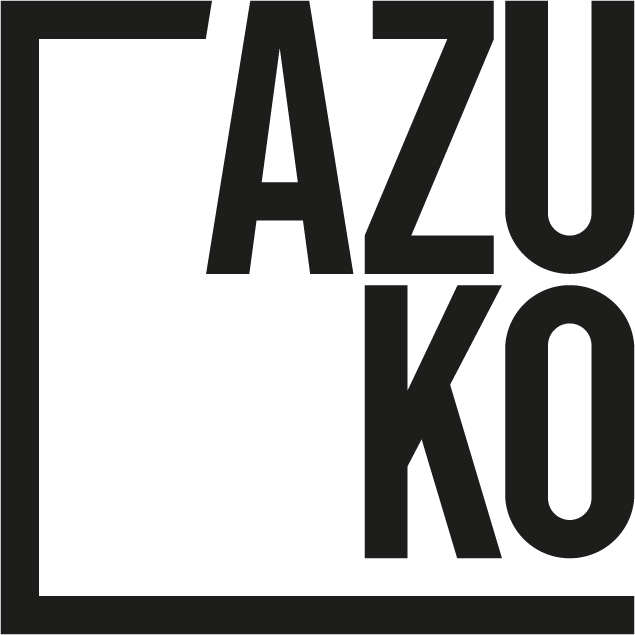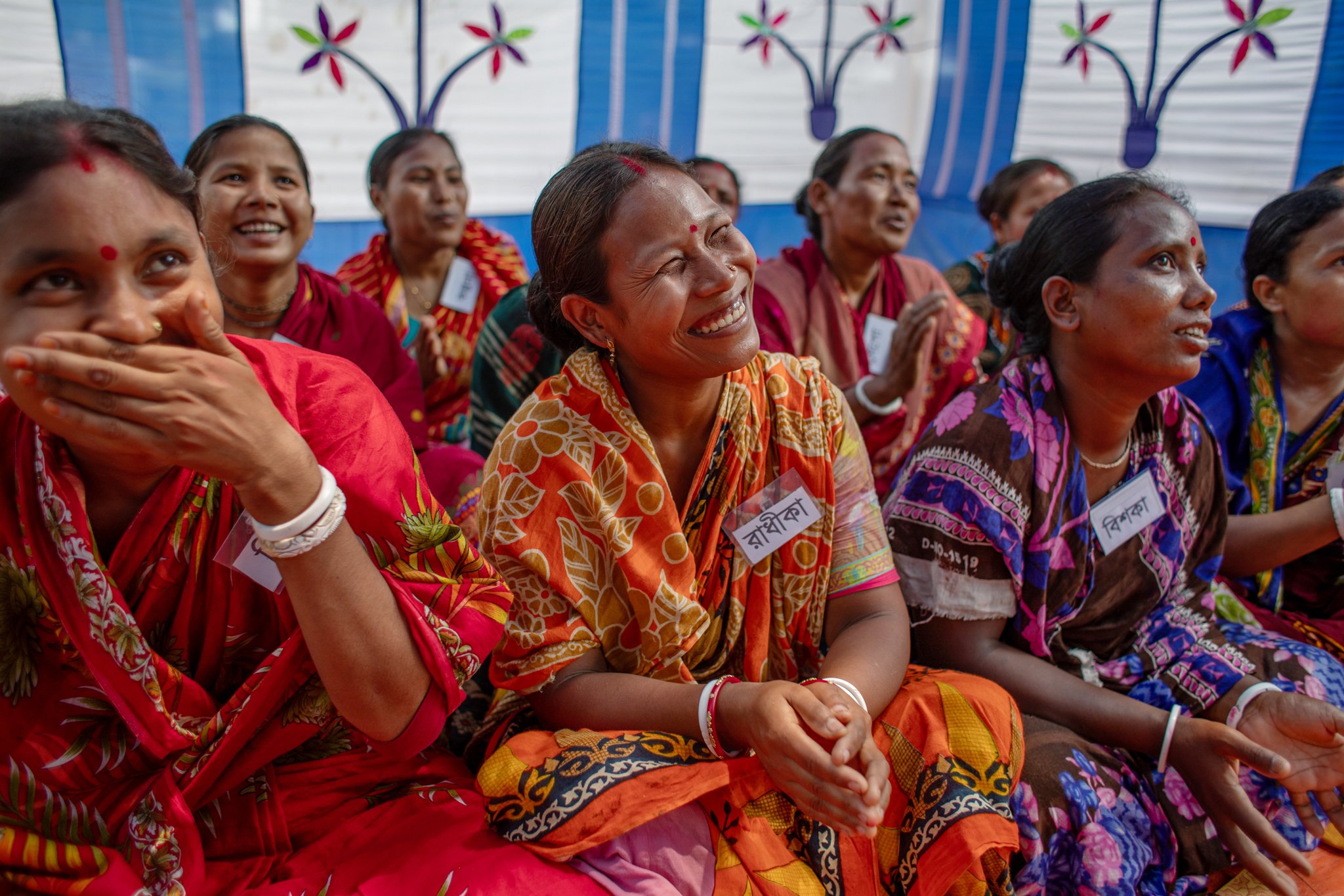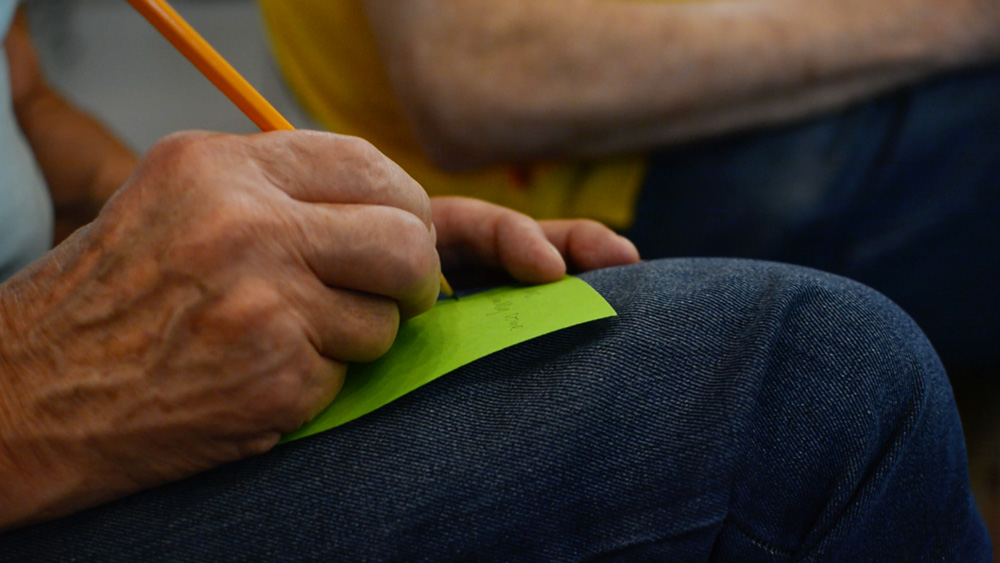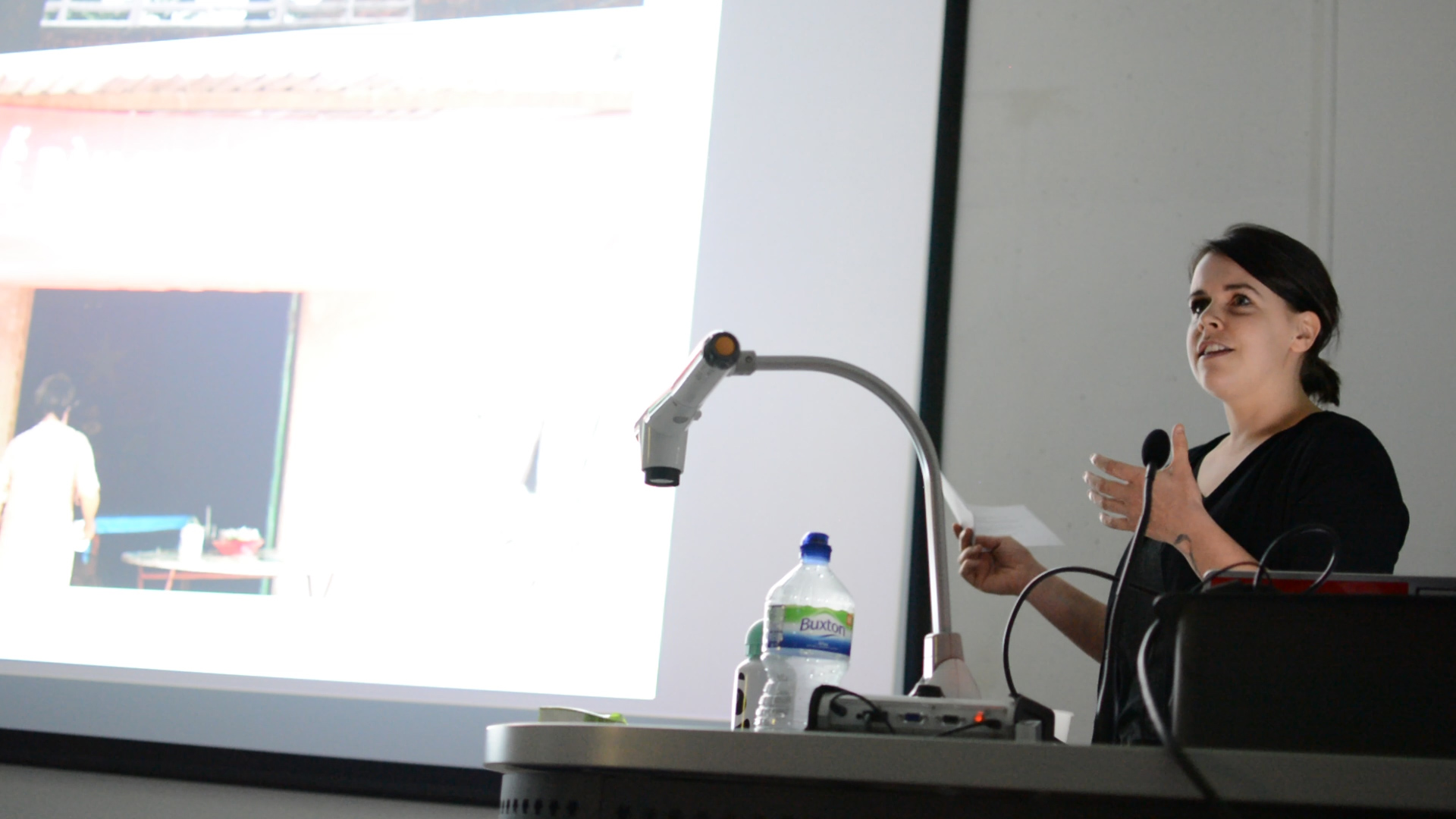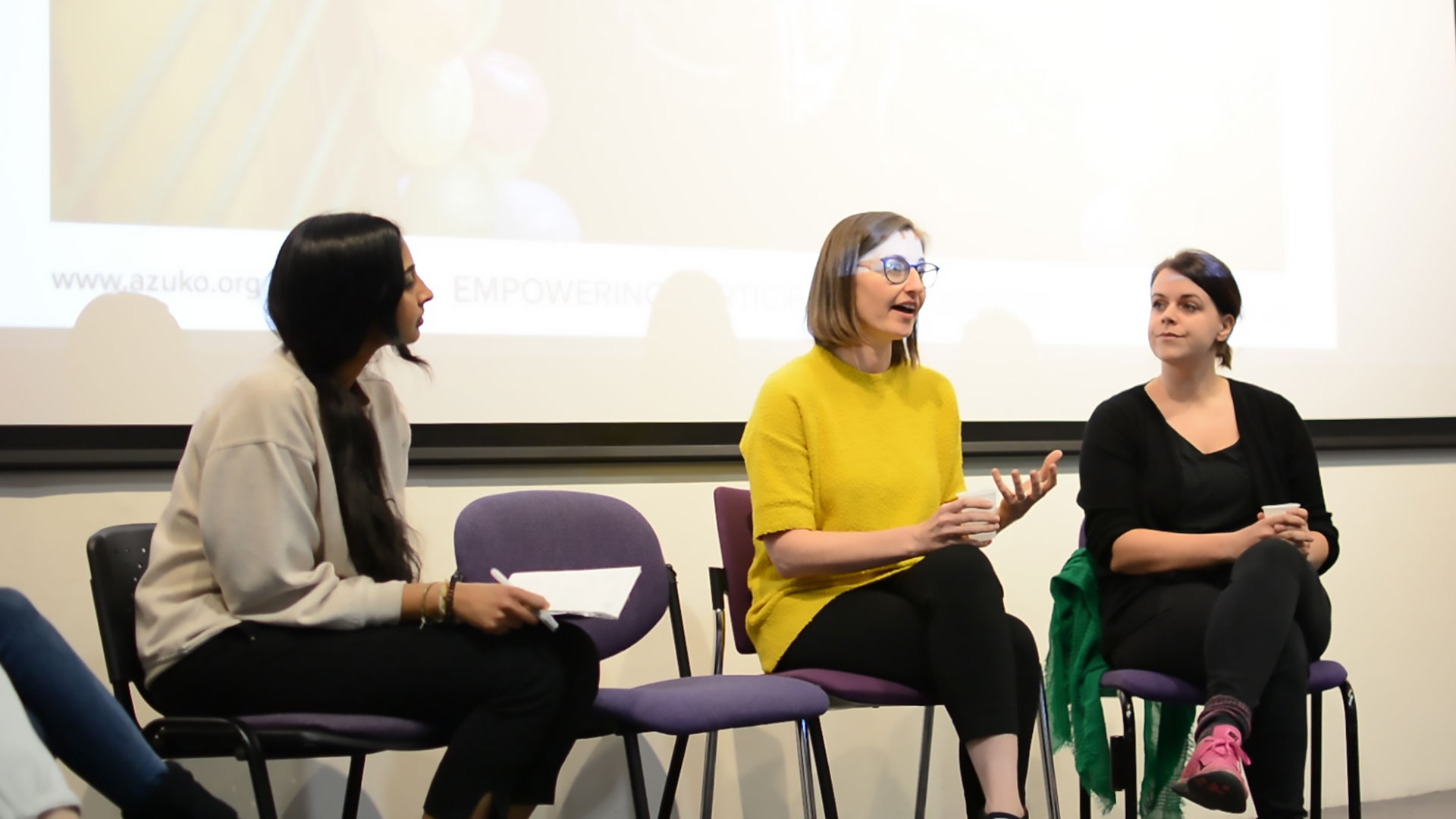Read about our latest work in China on the British Council blog.
Many sectors suffer from ‘jargon-overload’. The international development sector and emerging maker community are no different. Words can help us to be more precise, but they can also become a barrier to honest communication; too technical, too full of their own importance and arguably can discrimate against the poor.
Participatory design is not a new approach, but the buzz around these terms (co-, community-led, impact-driven, humanitarian, human-centred…) is hot. Should we agree on their definitions? Can they be overused? Do they mean the same thing in different places and to different groups?
“In November, we set out as explorers. What does ‘community-led’ mean in China? We wanted to challenge our own assumptions, discover best practice and hear from makers. We connected with communities and designers in Beijing, Henan, Hong Kong, Hunan and Fujian, of Chinese, Taiwanese, English, Irish and French origin.”
